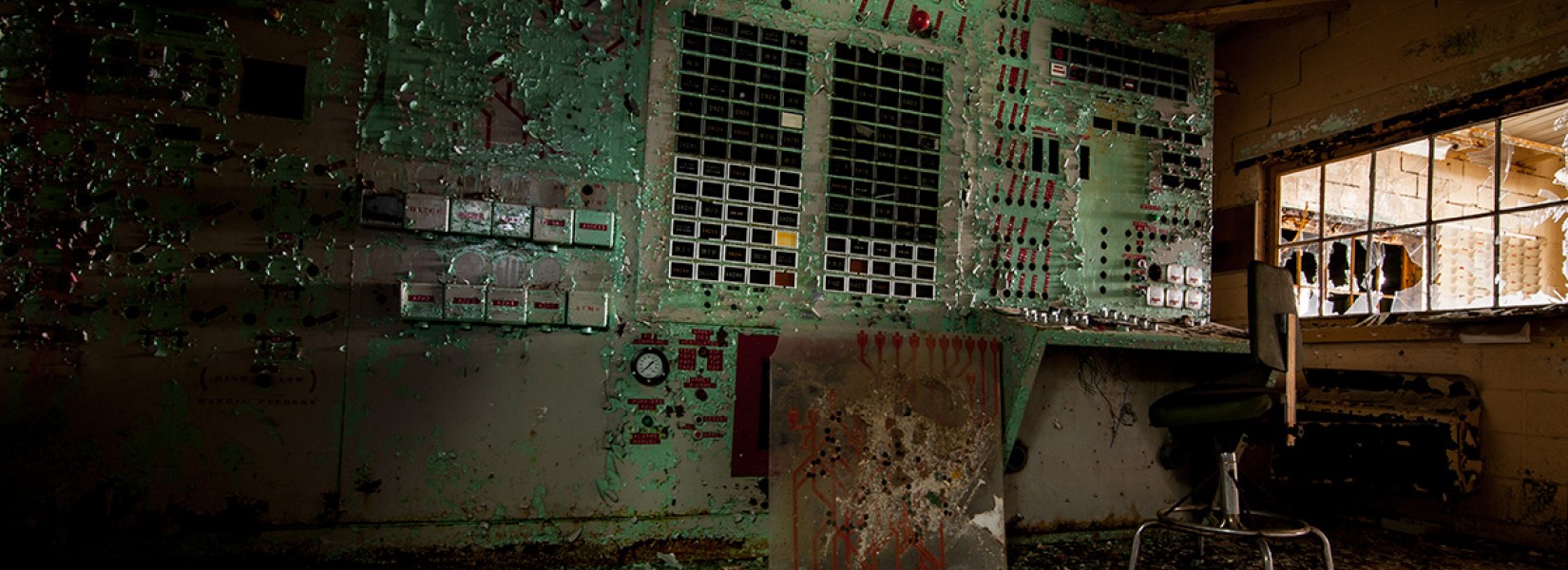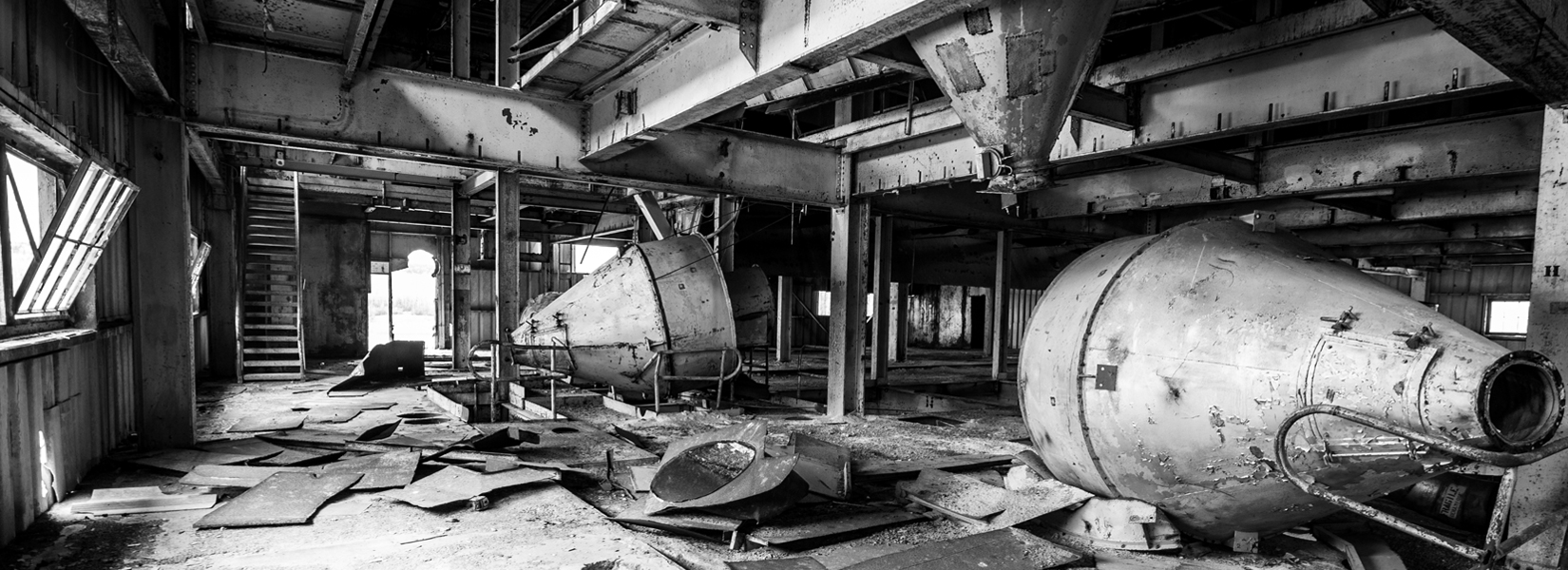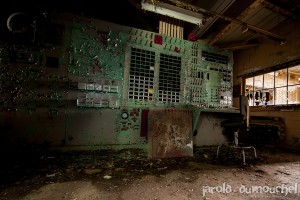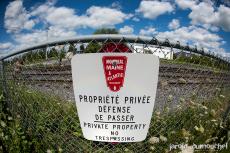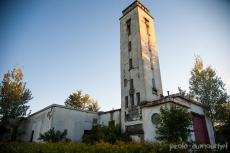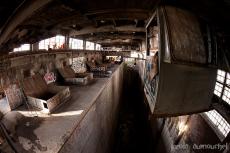Used as a snow dump, the site of the former Francon quarry (now known as the Saint-Michel quarry) looks like a huge crater of greenery in the heart of Montreal. This area covers approximately 20% (17% to be exact) of the district of Saint-Michel...
The old abandoned asbestos mine
A walk in the white gold country
The use of asbestos by man does not date from yesterday. Already, more than 2000 years ago, the Greeks used in making funeral clothes. Its name comes from its property to withstand fire: άσβεστος (asbestos, meaning "indestructible").
Its many industrial uses will make it a popular ore when a lode will be discovered in the Thetford Mines area in 1876. Thenceforth, the agricultural landscape of the hinterland will be changed forever. In 100 years, Quebec will become the leader in this industry and will produce in 1976 more than 80% of all Canadian asbestos. The area then saw its golden age which ranks 2nd largest asbestos producers in the world, just behind the Soviet Union.
Five companies share the mining operations in the region. Slowly, the industry will strangle by the reports about its dangers and, in September 2012, after the refusal of the Quebec government to offer a subsidy to revive the last mine in the region still active, Abestos industry will end in the area.
In 1970, studies estimated that more than 3,000 products contain asbestos. Today, asbestos is found in all kinds of industrial and consumer products (brake blocks, asbestos cement pipes and even in children's toys). According to the Le Devoir newspaper website, between 2004 and 2014, Canada imported $ 250 million of products made with asbestos.
Despite the closure of the mine, there was plenty of activity on the site. A guard carries out patrols and the factory basement is used for recyclable bale storage (cardboard, plastic, metal, tires, etc.) from Lévis.
Related content
Well, to be honest, the railway Montreal Maine & Atlantic Railway site we visited is not a real urbex site. At least not yet. But between you and me, it should not take long.
A story that everybody hear aboutWhether you live in...
The abandoned Val Rose plant is unquestionably one of the most famous spots in Quebec City area. And honestly, I was rather reluctant to go there. Not that I thought the spot wasn't interesting, but in general, a place known as the Val Rose is,...
Built in 1954, the Dickson incinerator was, at the time, the most modern one in North America. It was built to replace these old incinerators where horses were used for harvesting waste.
In the 1920s, the city of Montreal was struggling...

